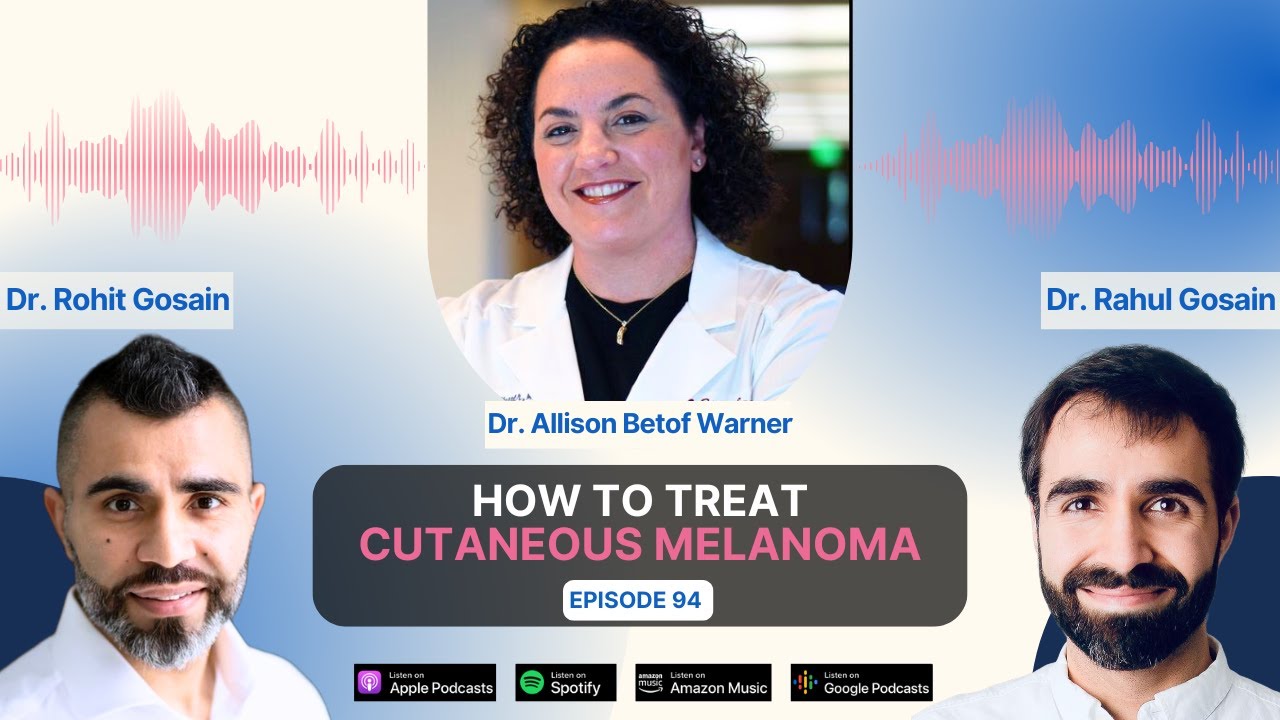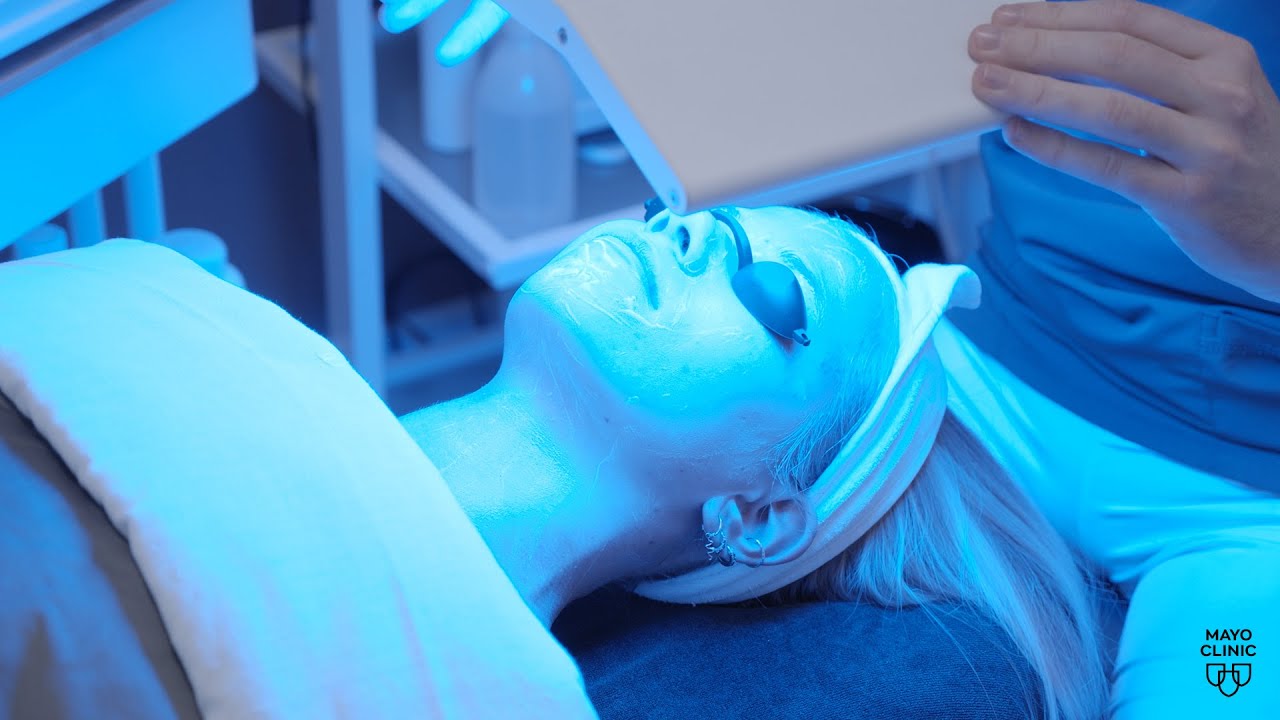NEW YORK (Reuters Health) – In an unselected cohort of female patients aged 4 to 15 years old with no reported history of sexual contact, more than one in six had an anogenital infection with human papillomavirus (HPV), Austrian physicians report in the American Journal of Obstetrics & Gynecology for May.
To determine the prevalence of subclinical HPV infections in girls prior to sexual activity, Dr. Daniela Doerfler at the Medical University of Vienna and colleagues swabbed the anogenital region of 110 consecutive patients attending an outpatient clinic (mean age 9.3 years) to test for HPV DNA.
Diagnoses for referral were vulvovaginitis, tempoanomalies, and ovarian cysts; 25% of patients had no referral diagnosis. Patients with a history of sexual abuse were excluded.
HPV DNA was detected in samples from 20 girls (18.2%); four samples involved “low-risk” virus, while 15 were positive for “high-risk” types like HPV 16 and 18, which are responsible for most cases of cervical cancer. The two girls who had genital warts both tested positive for high-risk HPV.
Among 8 patients available for follow-up a year later, 3 remained HPV-positive. At a third visit up to 3 years later, the one who underwent retesting had reverted to negative status.
“The relatively high rate of HPV DNA in our subjects could reflect an underestimation of sexual abuse,” the authors note. However, they add, “We think that detected HPV DNA or even clinically apparent anogenital warts do not necessarily indicate sexual contact or abuse.”
Dr. Doerfler’s group points out that HPV vaccination is recommended starting at about age 12. Based on their findings, they conclude, “HPV testing in a population-based representative sample of young girls could be crucial to decide whether vaccination against HPV at a younger age is more beneficial than the current practice.”
Reference:
Am J Obstet Gynecol 2009;200:487.e1-487.e5.






